The Burren is a popular tourist destination, known for its dramatic landscape, its rich archaeological heritage, and its traditional culture. Visitors can enjoy a variety of activities in the Burren, including hiking, biking, caving, and visiting archaeological sites.
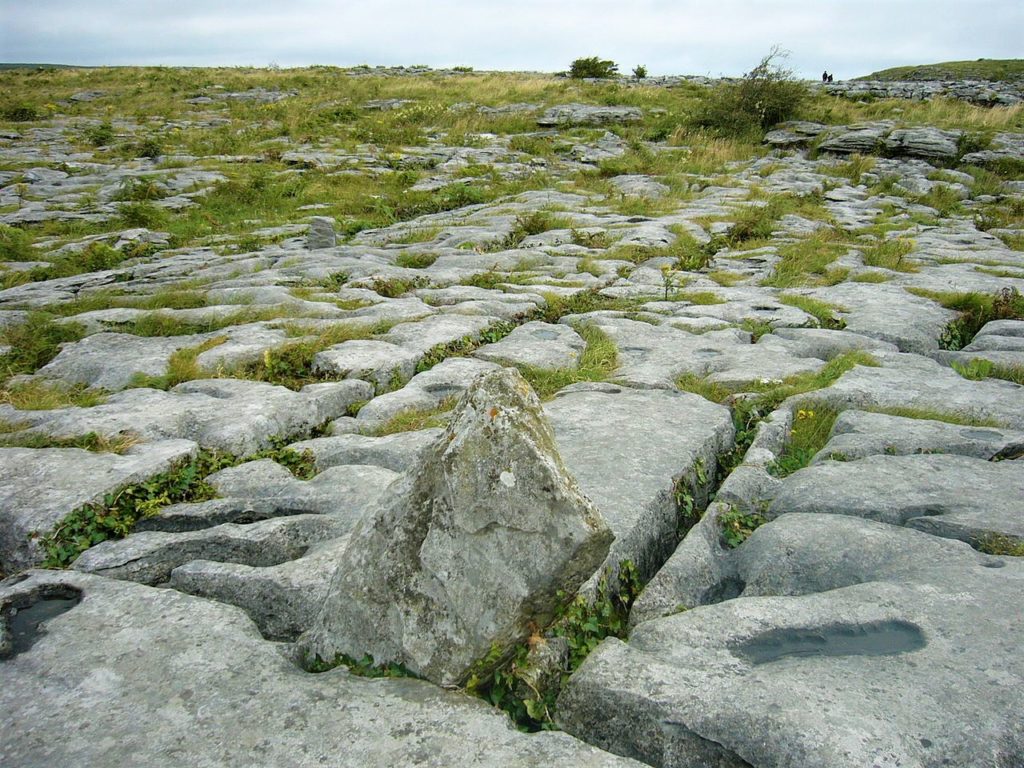
The Burren’s landscape is a product of millions of years of geological and climatic processes. The limestone that forms the Burren was deposited over 300 million years ago, when the area was covered by a shallow sea. Over time, the sea retreated and the limestone was exposed to the elements. The weathering and erosion of the limestone created the unique karst landscape that we see today.
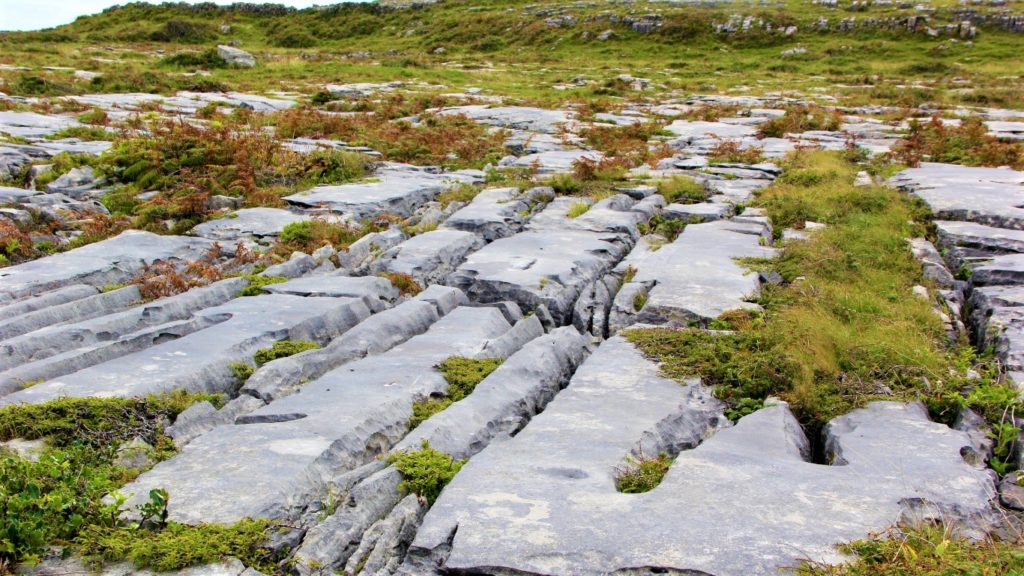
The landscape of the Burren karst is one of the most unique and dramatic in Ireland. It is characterized by its bare limestone pavements, which are exposed due to the thin or absent soil cover. The pavements are often fractured and split, creating a labyrinthine network of cracks and fissures. In some areas, the pavements are smooth and flat, while in others they are shattered and jagged.
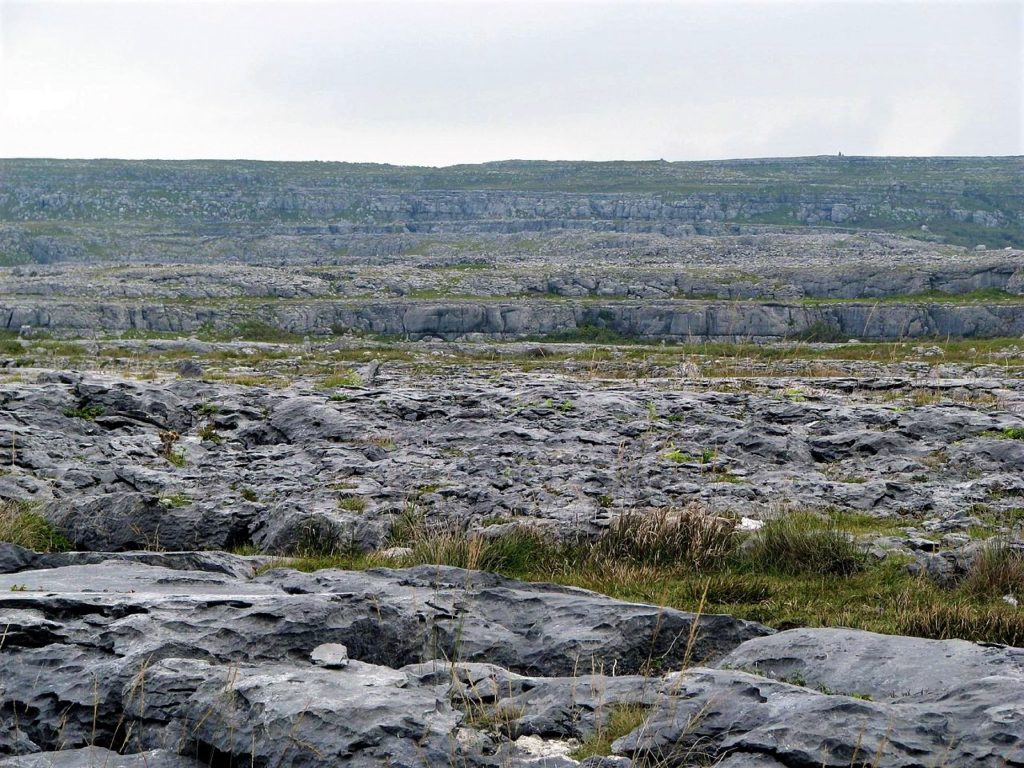
The Burren is also home to a variety of other karst features, including dolines (circular depressions in the ground), clints (flat-topped limestone blocks), and grikes (narrow fissures between clints). The karst landscape is also home to a number of rivers and lakes, which are often hidden underground and flow through intricate cave systems.
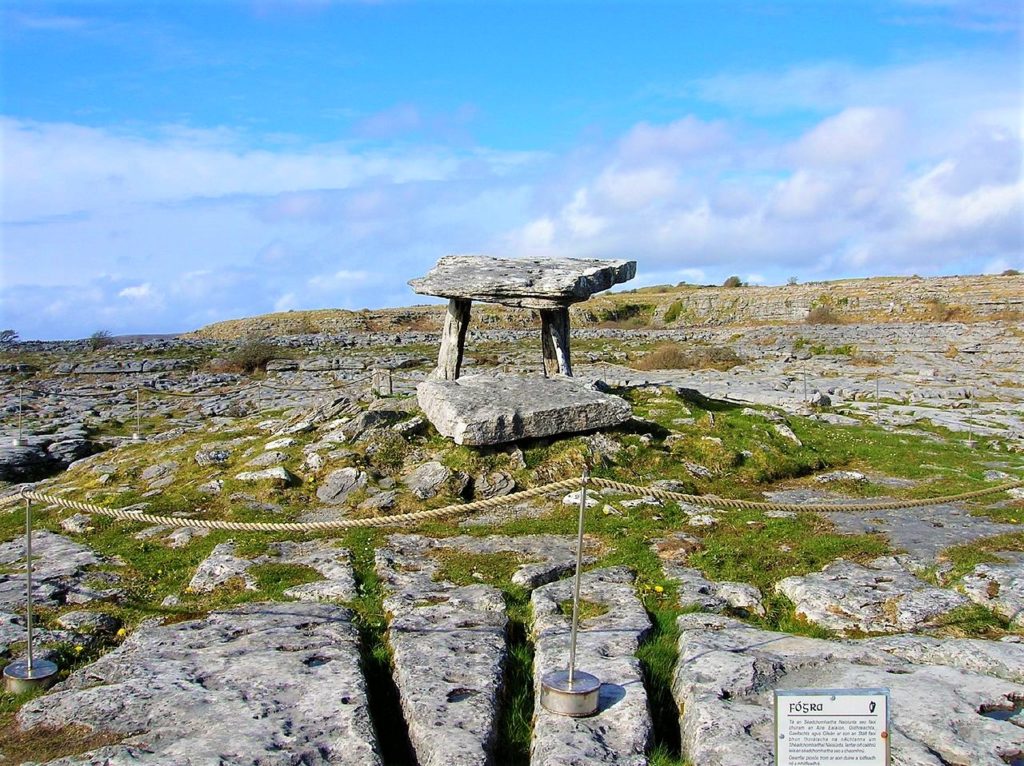
According to the Internet





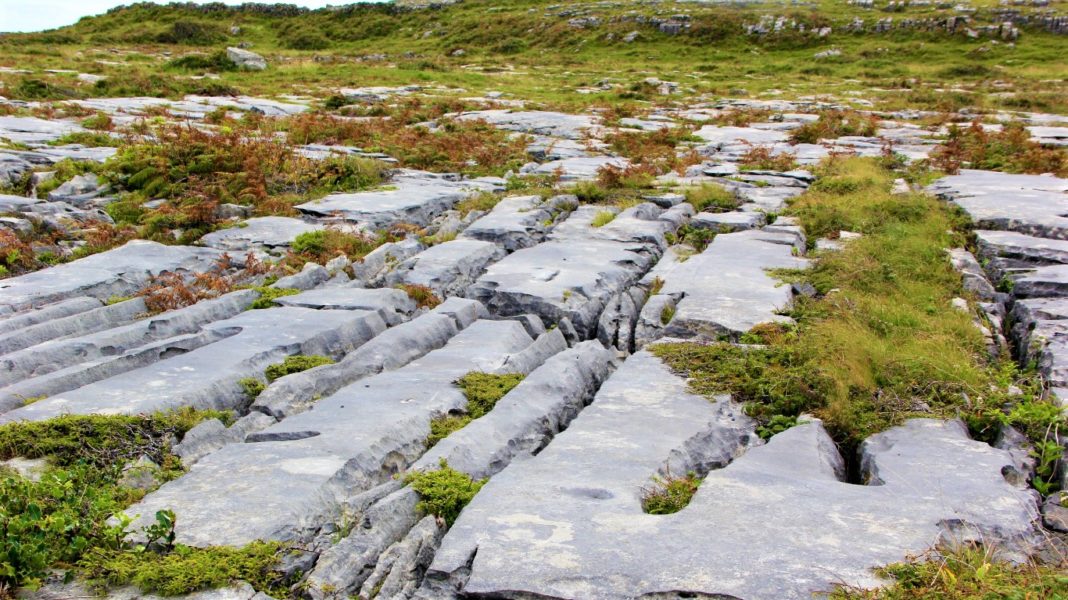



![[HONORARY PROFESSOR OF RECORD FOR PRACTICE AND EMPIRICAL RESULTS – 2024] RECORD HOLDER CHU BAO QUE (BAC GIANG PROVINCE, VIETNAM)](https://worldmark.world/wp-content/uploads/2024/05/z5401509010514_2898fa0bcee3af78744ceb5f3984a5c8-218x150.jpg)





